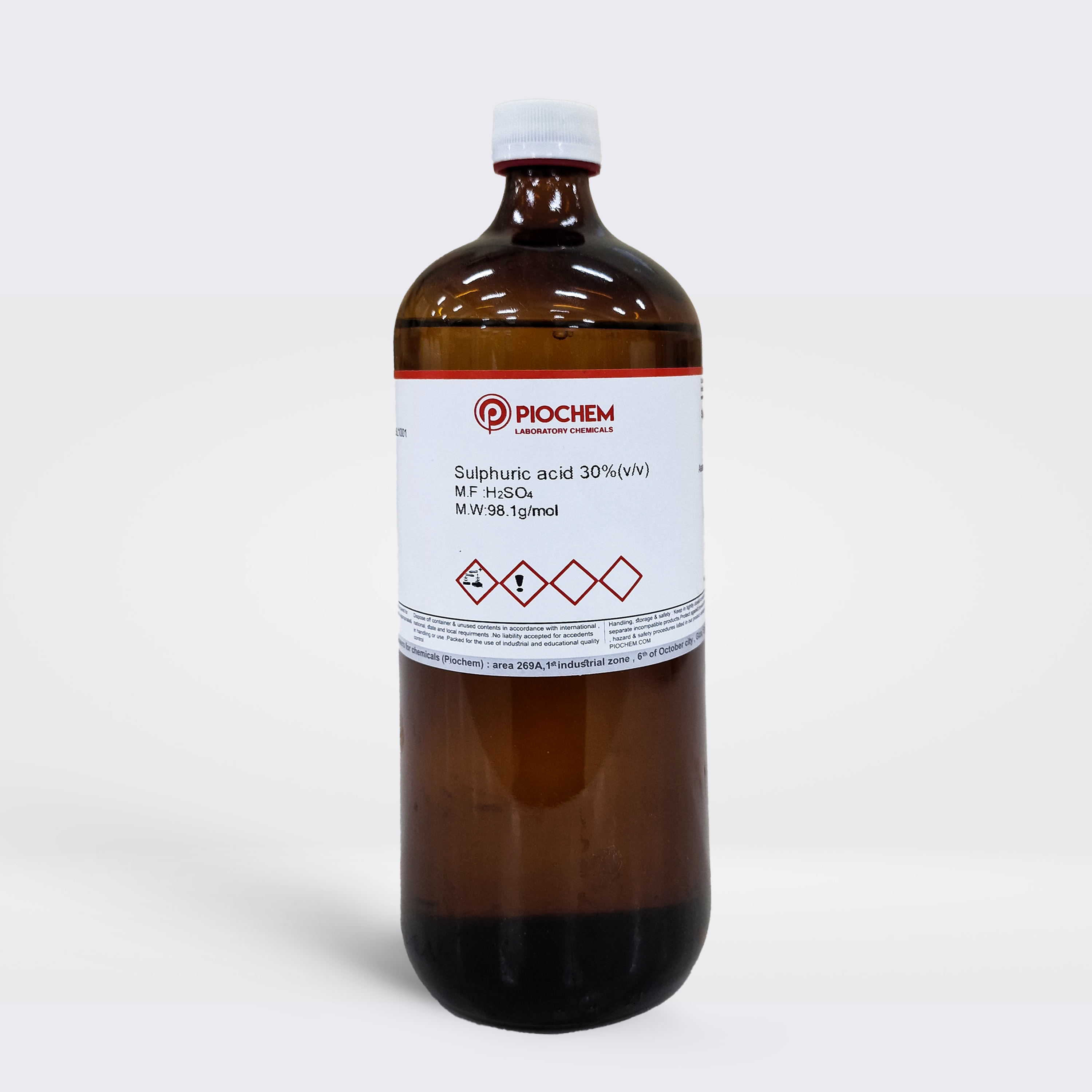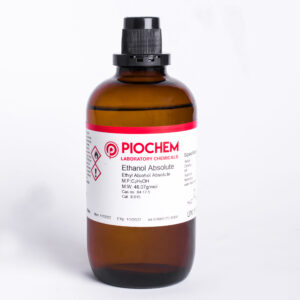Sulfur trioxide (SO3) is generally a colorless liquid. It can also exist as ice- or fiber-like crystals or as a gas. When SO3 is exposed to air, it rapidly takes up water and gives off white fumes. It can react with water to form sulfuric acid. SO3 is also called sulfuric oxide and sulfuric anhydride. It is used in the production of sulfuric acid and other chemicals, and explosives. Sulfuric acid is a clear, colorless, oily liquid that is very corrosive. It is also called sulphine acid, battery acid, and hydrogen sulfate. It is used in the manufacture of fertilizers, explosives, other acids, and glue; in the purifiction of petroleum; in the pickling of metal; and in lead-acid batteries (used in most vehicles).Sulfuric acid is a colorless oily liquid. It is soluble in water with release of heat. It is corrosive to metals and tissue. It will char wood and most other organic matter on contact, but is unlikely to cause a fire. Density 15 lb / gal. Long term exposure to low concentrations or short term exposure to high concentrations can result in adverse health effects from inhalation. It is used to make fertilizers and other chemicals, in petroleum refining, in iron and steel production, and for many other uses. Rate of onset: Immediate Persistence: Hours, days Odor threshold: Source/use/other hazard: Battery/dyes/paper/glue/metals industries; volcanic gas; toxic fumes when heated.
Shopping Basket





Reviews
There are no reviews yet.